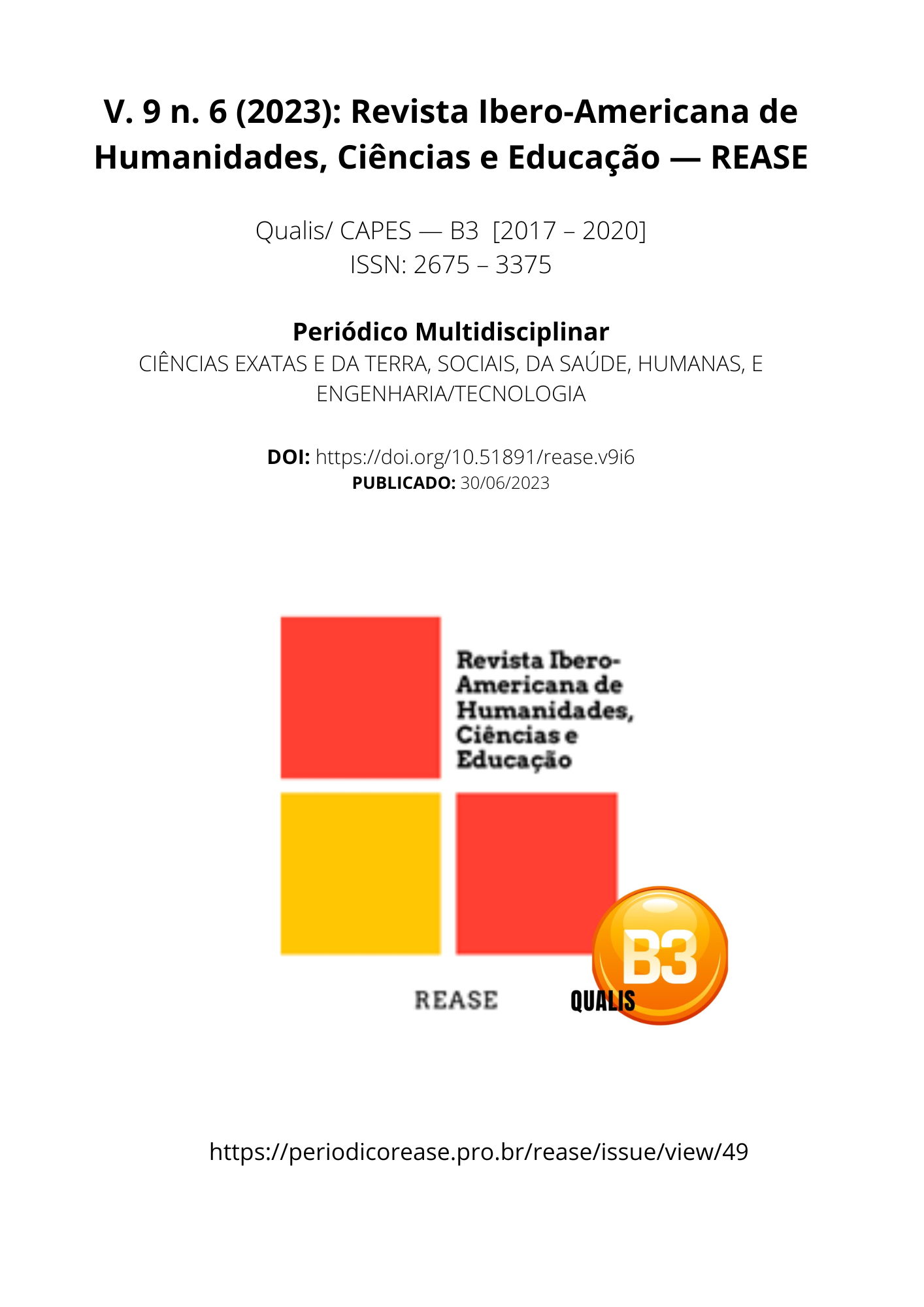A EVOLUÇÃO DAS LEIS CONTRA A DISCRIMINAÇÃO RACIAL E A APLICAÇÃO DA LEI Nº 10.639, NA PRÁTICA PEDAGÓGICA EM ESCOLAS PÚBLICAS
DOI:
https://doi.org/10.51891/rease.v9i6.10088Palabras clave:
African and Afro-Brazilian Culture. School. Racial equality.Resumen
Este artigo que tem como tema a evolução das leis contra a discriminação racial e aplicação da Lei nº 10.639 na prática pedagógica em escolas públicas, tem por finalidade fazer uma reflexão sobre as diretrizes curriculares e as metodologias aplicadas para educação das relações étnico-raciais e para o ensino de história e cultura africana e afrobrasileira, e, analise das ações de promoção da igualdade racial na área de políticas educacionais de inclusão social. No transcorrer dos registros das ideias em discussão, objetiva-se identificar e analisar como está sendo trabalhado a Lei em sala de aula, após 20 (vinte) anos de sua aprovação e implantação, com base no Plano Nacional para Educação e as Relações Étnico-Raciais na Escola. A Escola na sociedade é a segunda instituição responsável pelas relações de sociabilidade de crianças e jovens, depois, é claro, da família. Nela o aprendizado sobre as regras e valores sociais é experimentado sob a ótica do grupo. O referido trabalho teve como referencial teórico Leis como a Lei nº 10.639/03 e Lei nº 11.645/08 além de alguns autores que abordam o tema. Entendemos ser de suma importância à realização deste trabalho, pois as relações sociais e a interação do diferente harmonizam e valorizam o ser humano em sua plenitude.
Descargas
Descargas
Publicado
Cómo citar
Número
Sección
Categorías
Licencia
Atribuição CC BY

